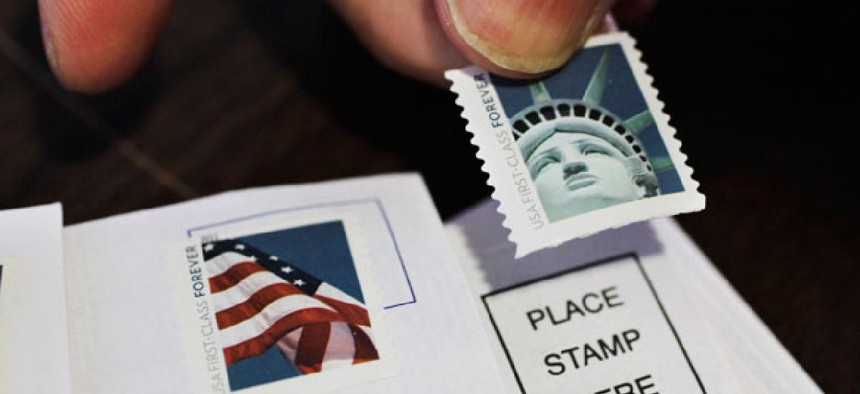Postal Service steers attention away from 'flawed' revenue study
USPS emphasizes savings from five-year business plan as lawmakers prepare to debate reform bills.
U.S. Postal Service officials say a research firm used a “seriously flawed” methodology in a study that concluded mail service cuts would cost USPS billions in revenue, but the agency would not reveal details of that methodology.
The Postal Service filed a request earlier this month to keep the revenue study’s results private, but Rep. Gerry Connolly, D-Va., and Sen. Susan Collins, R-Maine., obtained summary tables of the original report after a hearing with the Postal Regulatory Commission earlier this week.
The report, commissioned by USPS, estimated that service cuts included in the Postal Service’s business plan would result in $5.2 billion in lost revenue for the first year of implementation.
An outside firm conducted the market research survey, and asked USPS’ largest customers how the closures would affect business. USPS said the survey was flawed because it “asked respondents about a scenario that would never be implemented at the same time.”
For example, rather than asking the customer to respond individually to USPS’ plans for facilities closures, five-day delivery, and modifying first- and second-class mail procedures, the proposals were presented together.
The survey also asked “whether business customer respondents would lessen their use of the mail if the Postal Service immediately imposed price increases, service standard changes, altered delivery frequency, realigned its network of mail processing facilities and other actions,” USPS spokesman David Partenheimer said.
“Any such contemplated actions, if implemented, would be done so over a phased, five-year time horizon, providing adequate time for planning,” he said.
The Postal Service, however, will begin the process of shuttering or consolidating more than 223 processing centers this spring. Some closures will be suspended during the November elections, after state officials complained the process could disrupt the absentee and mail-in voting process.
USPS is instead emphasizing the savings and costs estimates from its five-year business plan over the new survey.
Officials expect that plan will reduce USPS’ annual costs by more than $22 billion by 2016. The strategy recommends enabling the agency to provide its own health benefits to employees -- independent of federal programs -- moving to a national five-day delivery schedule, modifying first-class mail and standard mail pricing to adjust for lower volume, and reducing the number of full-time USPS positions through attrition and retirements.
A staff member with Rep. Gerry Connolly, D-Va., isn’t buying USPS’ argument.
“I think it’s pretty clear that the results started to come back and USPS didn’t like the results because they would be very inconvenient for them,” the staffer told Government Executive.
The staffer also noted the study’s timing: two key USPS reform bills should see action next week after being stalled in committee for months.
The Senate could vote on a motion to begin debate on the 21st Century Postal Service Act as early as Monday. That measure proposes prefunding retirement health benefits and allowing USPS to reduce mail delivery to five days if officials cannot come up with similar savings two years after enactment. It also would require the Office of Personnel Management to return a Federal Employees Retirement System surplus to USPS every year that one is calculated.
The motion to proceed with debate requires 60 votes. Emily Spain, a spokeswoman for Sen. Tom Carper, D-Del, a co-sponsor of the bill, said the motion is likely to pass.
The GOP-favored 2011 Postal Reform Act, which requires USPS to reduce mail delivery from six days a week to five, will move to the House Rules Committee next week, where lawmakers will vote on whether to allow some of the bill’s provisions to be expedited.





